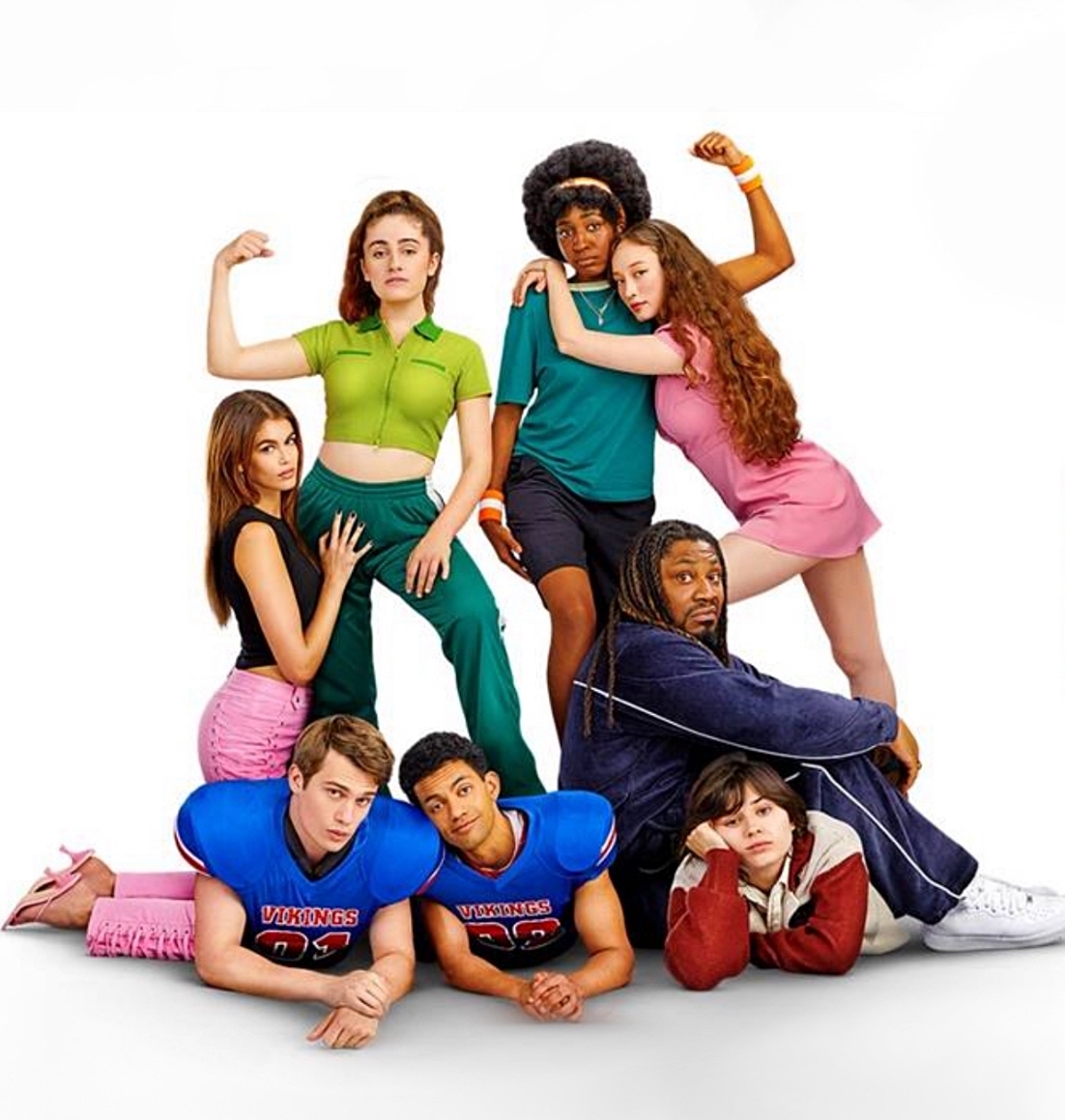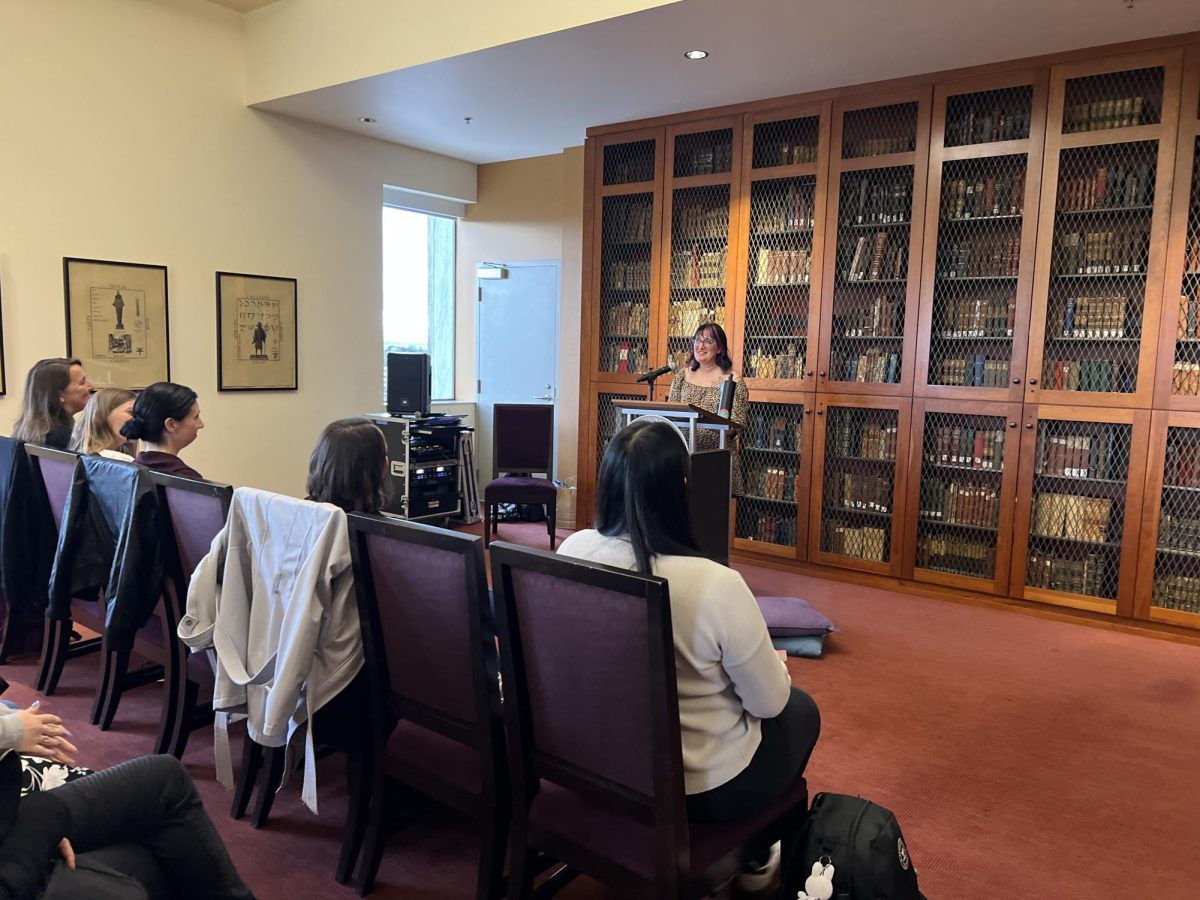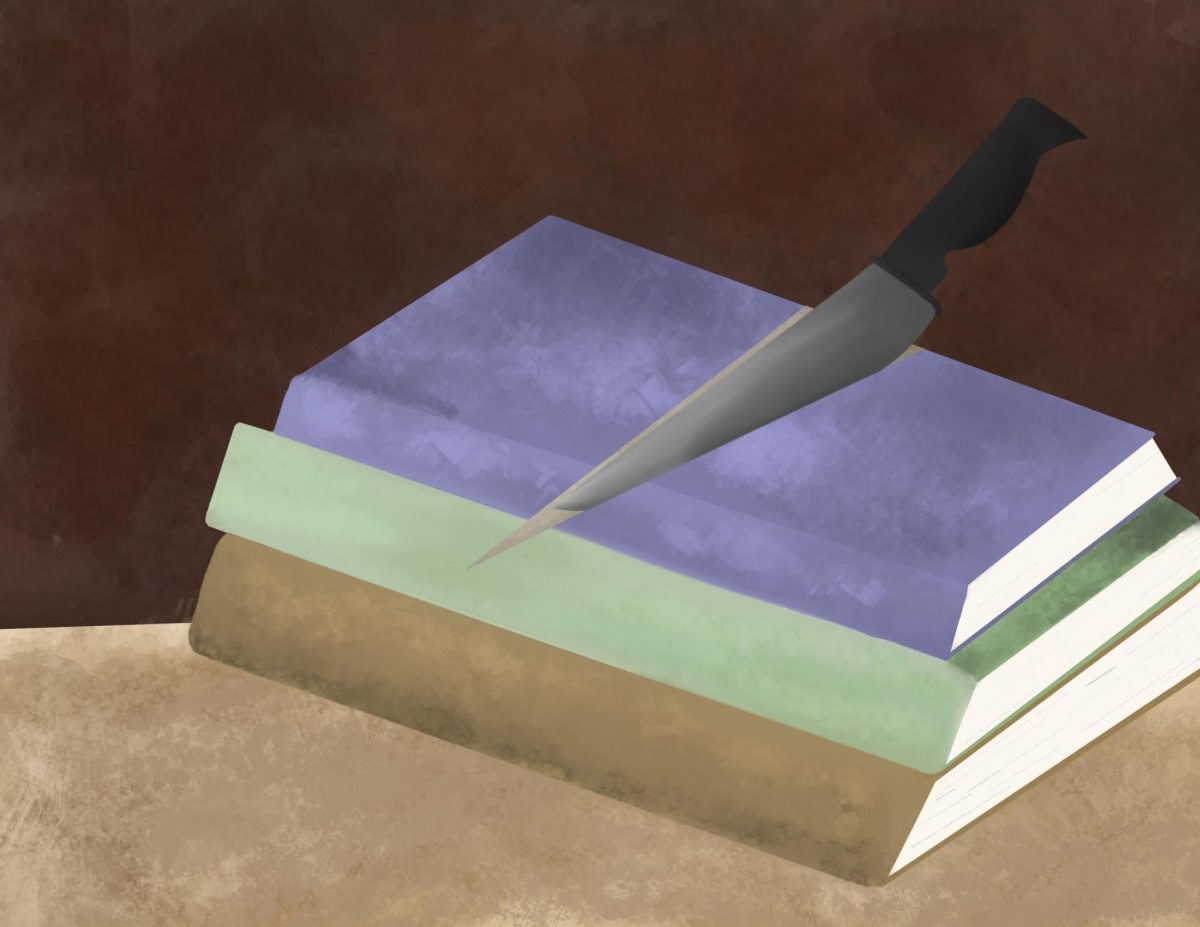Violent, ridiculous, hilarious, and irreverent, the LGBTQ+ comedy “Bottoms” hit theaters this summer to positive reviews from critics and audiences alike, currently boasting a 96% on Rotten Tomatoes.
The movie follows PJ and Jocie, two lonely lesbians in their senior year of high school, desperate to lose their virginity before going to college. Their last-ditch effort is starting a self-defense club for women at their school, where they pretend to teach self-defense as a guise to get close to the popular girls at school.
But what does a movie like “Bottoms,” riffing on progressivism, feminism, toxic masculinity, high school movie tropes and LGBTQ+ culture and issues say about the cultural landscape of representation, and the current state of LGBTQ+ acceptance?
For Harley James, a first-year electrical engineering major, the “Bottoms” premier was highly anticipated.
“The hype that I had leading up to that movie was like the hype that everyone else had for the Barbie movie,” James said. “It’s centering it on queer people and people of color, something you don’t normally see when you see these high school cliches.”
“Bottoms” does not present its minority characters as tokens, symbols for a movement or ‘good representation.’ In fact, the two lesbian protagonists, PJ especially, are awkward, desperate, creepy, manipulative and lonely, as well as compelling and complicated.
“When we talk about representation, there’s a lot of pressure to be the perfect representation,” James said. “It’s nice that they’re just having fun with it, they’re just being fun and being their version of queer.”
First-year Psychology Major Aicha Toure, first saw “Bottoms” with her mom, and recently rewatched it in theaters. She, like James, appreciated the way it presented its queer protagonists.
“I think it means that the general public are finally starting to see LGBTQIA+ people as people, they’re not an issue to be solved, or rights to be fought for, they’re just people living their lives. Sometimes those lives are ridiculous and sometimes they do weird and disgusting things,” Toure said. “You’re characterizing them beyond the fact that they’re lesbian.”
Despite its heavily satirical tone, “Bottoms” doesn’t come across as needlessly edgy, or meaningless. The portrayal of toxic masculinity, misogyny, homophobia, and other social ills, for some is cathartic; a way to laugh at things they’ve experienced.
“Queer teenagers themselves can find that really funny and relatable,” explained Ginger Schreiber, a first-year who saw “Bottoms” earlier this month.
“Bottoms” plays with the tropes and expectations of a coming-of-age high school comedy. The protagonist underdog, PJ, doesn’t miraculously end up with the popular cheerleader she is chasing.
“Too often in teen movies, they’ll have someone do something really awful, and then they’ll still end up with the person they’ve been crushing on. I just think that sets such a bad example for women in general for how they should expect to be treated,” Toure said. “The girl PJ has a crush on is straight, she knows she’s straight, she still tries to kiss her, she still flirts with her all the time. Every second that they’re friends she has an ulterior motive. I love the fact that she didn’t end up with her.”
The movie’s title, “Bottoms,” doesn’t refer to what first comes to mind. Instead, it’s about the main characters’ social status. They are at the bottom of the pecking order in their school. The movie repeatedly jokes about how the characters aren’t hated for being gay but for being “ugly, untalented gays.”
“It says how much we’ve come as a community, but also how this newish generation has been conditioned… with a more loose idea of what sexuality and gender means,” Schreiber said. “I think the point the movie makes is that these girls are getting bullied because they’re geeks or nerds, not because they’re gay, and it really plays on that. That they aren’t popular.”
While “Bottoms” portrays and mocks the bigotry that persists in high school and broader society, it also shows progress in its world, and in our world. An uncomfortably short time ago, a movie like “Bottoms” most likely could not have existed. The film shows that we’ve reached a point where LGBTQ+ people can have a wonderfully stupid high school comedy just like everyone else. It doesn’t make some grand statement about the issues it touches on, but maybe that’s the point. Why should it have to?








![How “Challengers” Paints Tennis as Sex, Sex as Power [REVIEW & SPOILERS]](https://seattlespectator.com/wp-content/uploads/2024/05/challengers-web-1200x943.png)

![Civil War is A24’s Political Blockbuster that Exceeds Expectations [REVIEW]](https://seattlespectator.com/wp-content/uploads/2024/04/CivilWarReviewWeb-1-1200x791.jpg)
